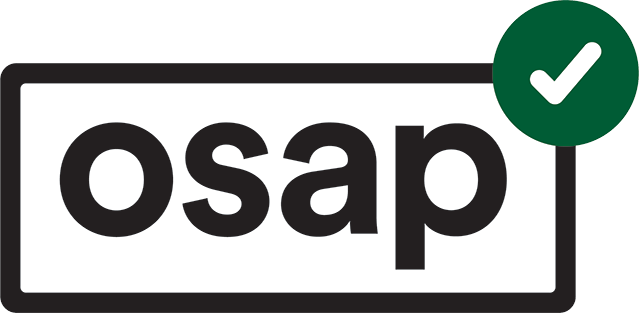How 2010 Default Rates Work
The 2010 default rates reflect the repayment status of students who were issued Ontario Student Loans in the 2007-2008 academic year and completed or exited their studies by 2008-2009. For purpose of calculating institutional default rates, student loan recipients/defaulters are assigned to the last institution/program they attended in 2007-2008. The status of these loans was assessed as of July 2010 or about two years after the student was expected to begin repayment.
An Ontario Student Loan granted after July 31, 2001 is in default when the National Student Loans Service Centre submits a claim to the Province of Ontario for default that satisfies the conditions as set out in O. Regulation 268/01 under the Ministry of Colleges and Universities Act. Default claims that have been submitted by the National Student Loans Service Centre in accordance with the Act and regulations thereunder are paid by the Province.
The Ontario government calculates default rates on the basis of incidence (i.e., the number of loans in default expressed as a percentage of the number of loans issued.)
To maintain student confidentiality in keeping with the Freedom of Information and Protection of Privacy Act, default information has not been shown in instances where the number of loans issued to students attending institutions or programs is four or less.
The overall 2010 default rate for Ontario postsecondary institutions is 7.6%, a decrease of 0.4 percentage points from the 2009 default rate of 8.0%. The 2010 default rates for each sector range from 3.7% for universities, to 10.6% for colleges of applied arts and technology, to 13.0% for private career colleges and 3.0% for other private and publicly funded institutions.
To date, the Ministry has taken a number of measures to reduce the incidence and cost of loan defaults. These include but are not limited to:
Students with loans issued prior to 2010-2011 who borrow more than $7,000 for the year (a year is considered two terms) receive a grant for the amount above $7,000, provided they complete their academic year. Starting in the 2010-2011 loan year, students will have their student loan repayable debt capped at $7,300 for a two-term academic year.
Beginning November 2004, borrowers who exhaust interest relief and are still unable to meet their Ontario Student Loan repayment obligations may be eligible for three separate loan remission payments spaced one year apart and valued at up to $4,300, $2,200, $2,200 respectively. This program was replaced by the Repayment Assistance Plan on November 1, 2010.
On November 1, 2010, the Ontario Government joined the federal Repayment Assistance Program (RAP) to provide students with more help in repaying their Ontario student loan. Under the program, no graduate experiencing financial difficulties is asked to pay more than 20 per cent of their family income towards their loans. After 15 years, any remaining student loan debt is forgiven. For students with disabilities, any remaining debt is forgiven after 10 years. RAP replaced previous Interest Relief and Debt Reduction in Repayment Programs.
Federal legislation exempts federal and provincial student loans from being included in bankruptcy proceedings for a 7-year period following students’ completion of their studies.
The province recovers monies owed on student loans through contracted private collection agencies and set-offs against defaulters’ personal income tax refunds.
Postsecondary institutions have an important role to play in reducing loan defaults. Improving program quality and relevance, ensuring adequate recruitment, testing and admissions practices, providing support to students to complete their studies and providing assistance with job placement are examples of measures institutions can take to reduce student loan defaults.

